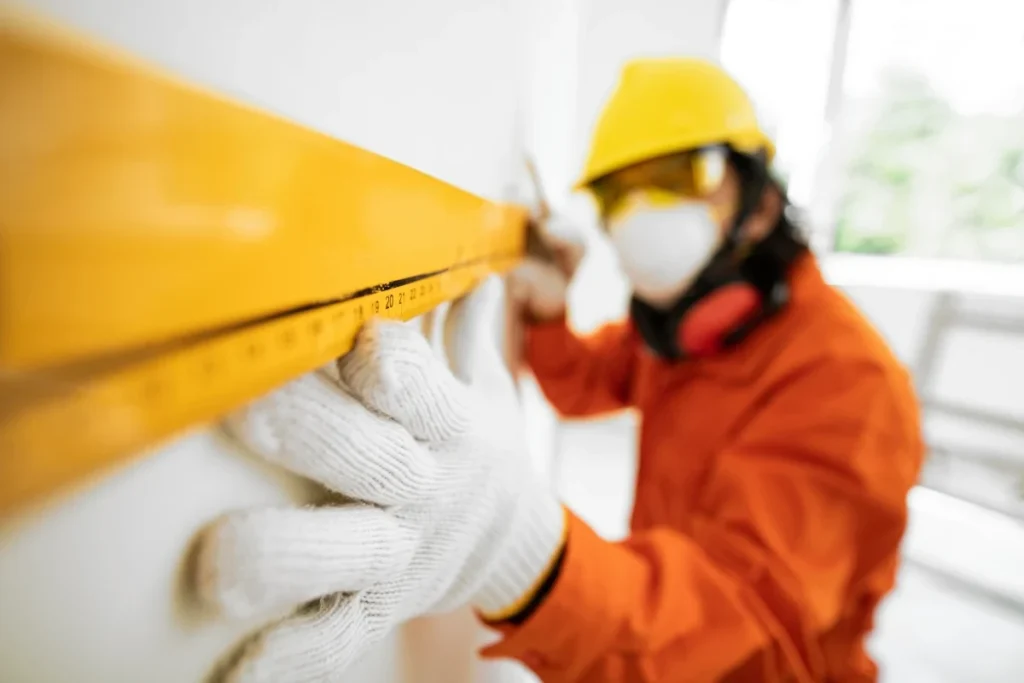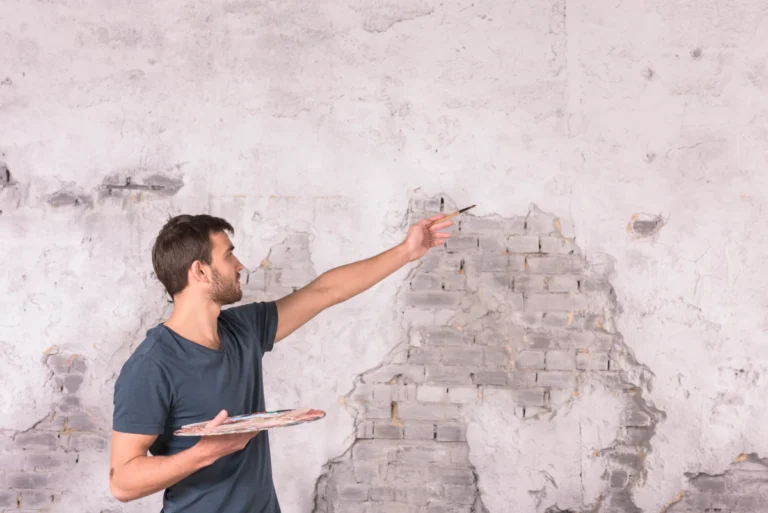When it comes to the safety and stability of a building, structural inspection is a fundamental process to ensure that constructions can withstand the passage of time and environmental conditions.
In a city like Barcelona, where many buildings are several decades or even centuries old, structural inspection is not only a preventive measure but also a necessary requirement to guarantee the safety of its residents.
This guide will provide you with a complete overview of how a structural inspection is carried out, the methods used, the most common issues, and why it is essential to rely on qualified professionals to perform this task.

What is a Structural Inspection?
A structural inspection is a thorough analysis of the components that support a building or construction, such as columns, beams, slabs, foundations, and other structural elements. The purpose of this process is to assess the physical condition of these components and detect any faults that may compromise the safety, stability, and functionality of the property.
The evaluation may involve both a visual inspection and the use of advanced tools and techniques to verify the integrity of the materials. At the end of the process, a diagnosis is provided, indicating whether repairs, reinforcements, or simply ongoing monitoring of the structure are necessary.
Why is Structural Inspection Important in Barcelona?
In Barcelona, many buildings are over 50 years old and are exposed to factors such as corrosion due to proximity to the sea, heavy urban traffic, and changes in construction regulations.
For this reason, regular structural inspections are essential to prevent serious problems such as collapses, water leaks, or more severe structural damage that could lead to costly repairs.
When Should a Structural Inspection Be Carried Out?
There are several situations where conducting a structural inspection is essential:
- Old or Historic Buildings: In Barcelona, many properties have historical or heritage value, and their structures may have been affected by the passage of time, vibrations, or even minor seismic movements.
- Before Renovation Work: Before undertaking any major renovation or extension of a property, it is highly advisable to ensure the structure is in optimal condition to support the changes. Otherwise, added weight or modifications could compromise the building’s stability.
- Property Purchase or Sale: Before buying or selling a property, especially if it is an older building, it is crucial to know the real structural condition to avoid future problems.
- Visible Signs of Deterioration: The appearance of cracks, dampness, or unusual tilting of walls or ceilings may indicate that the structure is compromised. In such cases, a prompt inspection is vital.
- Compliance with Regulations: In Barcelona, local regulations may require periodic inspections for buildings exceeding a certain age or in areas where seismic activity or urban conditions may have affected structural safety.
Main Problems That Can Be Detected During a Structural Inspection
During a structural inspection, it is possible to identify various issues that affect the stability and durability of a building. Some of the most common problems include:
- Structural Cracks: Cracks can be superficial or deep, potentially affecting the interior of beams or columns. They may result from uneven settlements, seismic movements, thermal changes, or deficiencies in the original construction materials.
- Steel Corrosion: In reinforced concrete structures, one of the most common problems is the corrosion of steel reinforcement bars, which can significantly reduce the load-bearing capacity of beams and columns.
- Material Fatigue: Over time, certain materials tend to lose their mechanical properties, especially if they have been exposed to extreme weather conditions such as humidity, temperature fluctuations, or air pollution.
- Moisture and Leaks: Water infiltration through walls or ceilings can damage structural materials, particularly in coastal areas or buildings constantly exposed to humidity.
- Uneven Settlements: Soil settlement can cause tilting or displacement in the structure, resulting in cracks in walls or floors and compromising the overall stability of the building.
Methods and Techniques for Structural Inspection
A structural inspection is carried out using various methods and technologies that allow experts to assess the physical condition of structural elements without causing unnecessary damage to the building. Below are some of the most commonly used techniques:
1. Visual Inspection
This is the first step in any structural assessment. Experts visually examine the condition of visible structural components such as columns, beams, ceilings, and walls, looking for signs of damage such as cracks, deformations, or corrosion.
Learn more about: Visual Inspection.
2. Non-Destructive Testing (NDT)
These tests allow information to be obtained about the structure’s condition without damaging the materials. Some of the most common methods include:
- Ultrasound: Used to detect internal cracks and discontinuities in materials, ultrasound helps assess the integrity of components like beams and columns.
- Infrared Thermography: This technique uses infrared cameras to detect thermal anomalies on the surface of the structure. Temperature differences can reveal issues such as moisture presence or poor insulation.
- Radiography: Similar to medical X-rays, structural radiography allows experts to see inside components, revealing hidden cracks or internal defects.
3. Destructive Testing
In cases where non-destructive tests are not sufficient to determine the structural condition, small perforations or material extractions may be performed for laboratory analysis.
These tests provide more detailed information about the strength and quality of the materials used in the construction.
4. Foundation Inspection
The foundation is a critical part of any building, as it supports the entire structure’s weight. During the inspection, the stability of the ground and the condition of the foundations are checked, looking for signs of settlement or displacement.
Regulations and Legal Requirements in Barcelona
In Barcelona, structural inspections are regulated by local legislation, which establishes the necessary requirements to guarantee the safety of buildings. In particular, properties over 45 years old must undergo a Technical Building Inspection (ITE), which evaluates their overall state of conservation.
In addition, compliance with the Technical Building Code (CTE) is mandatory. This code sets the minimum standards for safety, structural stability, and habitability in all construction projects.
Beneficios de realizar una inspección de estructuras
Realizar inspecciones periódicas en las estructuras ofrece varios beneficios:
- Seguridad: La principal ventaja es garantizar la seguridad de los ocupantes, al detectar a tiempo problemas que puedan comprometer la estabilidad de la construcción.
- Mantenimiento preventivo: Identificar pequeños fallos a tiempo puede evitar reparaciones mayores en el futuro, ahorrando costos y tiempo.
- Valor del inmueble: Mantener la estructura en buen estado mejora el valor de la propiedad, especialmente en el caso de ventas o alquileres.
- Cumplimiento normativo: Cumplir con las normativas locales asegura que el edificio se mantenga dentro de los estándares de seguridad establecidos por el ayuntamiento.
¿Por qué elegir nuestros servicios Barcelona?

At Inspección de Viviendas in Barcelona, we offer a comprehensive Structural Inspection Service, tailored to the specific needs of each client. Our team of experts uses the latest technologies and techniques to provide accurate diagnoses, ensuring the safety and durability of your property.
If you have concerns about the condition of your home or need a detailed structural assessment, don’t hesitate to contact us. We’ll be happy to assist you.



